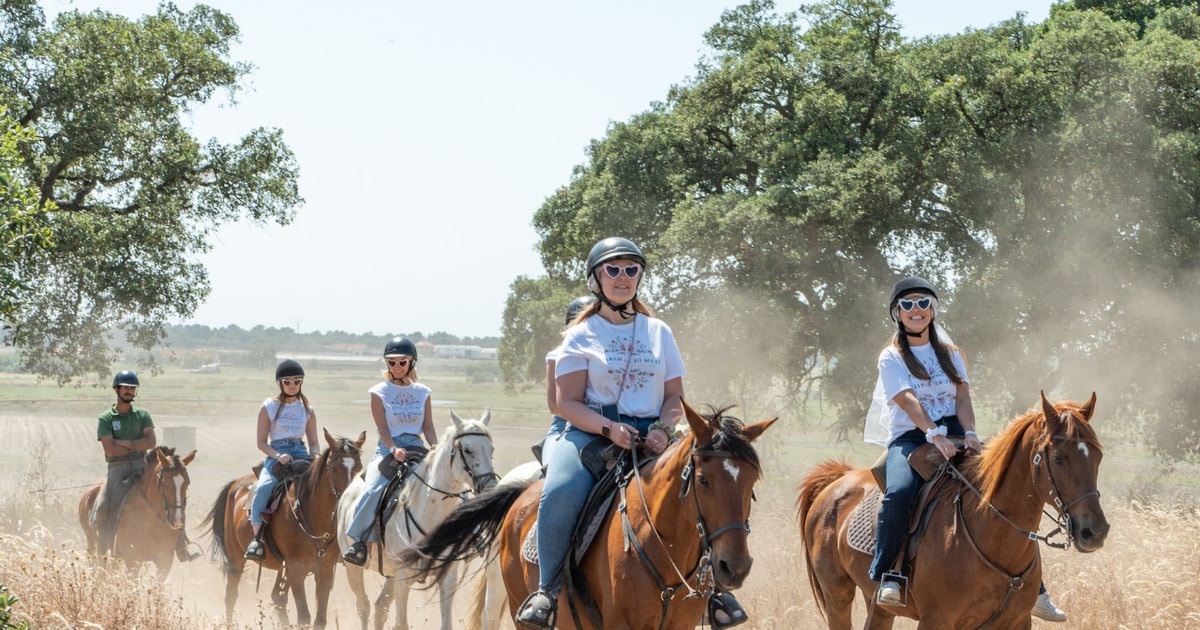 Horseback Riding: The Ultimate Guide to Benefits, Techniques, and Getting Started
Horseback Riding: The Ultimate Guide to Benefits, Techniques, and Getting Started
Keywords: horseback riding, horse riding benefits, horseback riding tips, how to ride a horse, beginner horseback riding, horseback riding techniques
Introduction to Horseback Riding
Horseback riding, also known as equestrianism, is more than just sitting on a horse. It's a harmonious connection between human and animal, built on trust, communication, and balance. Whether you're riding for pleasure, competition, or therapy, horseback riding offers numerous physical, mental, and emotional benefits.
In this guide, we’ll explore the fundamentals of horseback riding, its benefits, common styles, and essential tips for beginners. Saddle up and get ready to ride!
The History and Evolution of Horseback Riding
Horseback riding dates back thousands of years. From being a critical mode of transportation in ancient civilizations to becoming a beloved recreational and competitive sport today, horses have played a significant role in human history.
In the modern era, horseback riding is categorized into various disciplines such as:
-
Western Riding (e.g., barrel racing, reining)
-
English Riding (e.g., dressage, show jumping, eventing)
-
Trail Riding and Pleasure Riding
-
Therapeutic Riding for mental and physical rehabilitation
Each style has its own techniques, tack (equipment), and traditions.
Benefits of Horseback Riding
1. Physical Fitness
Horseback riding is a full-body workout. It strengthens core muscles, improves posture, and enhances coordination and balance. Even holding the correct riding posture engages your back, thighs, and abdominal muscles.
2. Mental Health
Spending time with horses has a calming effect. Horseback riding helps reduce stress, increase confidence, and promote mindfulness. Therapeutic riding is often used for individuals with anxiety, PTSD, and autism spectrum disorders.
3. Discipline and Responsibility
Caring for a horse teaches patience, responsibility, and empathy. Riders learn grooming, feeding, stable management, and how to understand a horse’s body language.
Horseback Riding for Beginners: What You Need to Know
1. Choosing the Right Riding Style
Beginners typically start with either Western or English riding. Western saddles are larger and provide more stability, which may be easier for new riders. English riding, though slightly more challenging, develops finer control and precision.
2. Essential Gear
Here’s a basic list of horseback riding gear:
-
Helmet: Always wear a certified riding helmet for safety.
-
Boots: Closed-toe boots with a small heel prevent the foot from slipping through the stirrup.
-
Comfortable Clothing: Long pants and fitted shirts are ideal to avoid chafing and protect your skin.
3. Basic Riding Techniques
-
Mounting the Horse: Always mount from the left side using a mounting block if needed.
-
Proper Posture: Sit tall with shoulders back, heels down, and eyes forward.
-
Using the Reins: Gentle pressure on the reins communicates direction and speed.
-
Stopping and Turning: Use a combination of reins, leg pressure, and body position to control the horse.
4. Safety First
-
Always ride with a trained instructor when starting out.
-
Check your tack and saddle before every ride.
-
Be aware of your surroundings, especially on trails or near other animals.
Popular Horseback Riding Disciplines
1. Dressage
Known as the “ballet of horseback riding,” dressage involves precise movements and communication between horse and rider. It’s an Olympic discipline and emphasizes grace, control, and training.
2. Show Jumping
This exciting sport tests a horse and rider’s ability to jump over obstacles in a timed course. It’s perfect for thrill-seekers who love adrenaline and agility.
3. Trail Riding
A more relaxed form of riding, trail riding takes place in natural settings like forests, beaches, or mountains. It’s ideal for those looking to connect with nature.
4. Western Events
Includes rodeo-style activities like barrel racing, reining, and cutting. Western riding is deeply rooted in American cowboy culture.
Building a Connection with Your Horse
One of the most rewarding aspects of horseback riding is forming a bond with your horse. Horses are intelligent, sensitive animals that respond to emotions, voice, and body language. Trust is essential for effective riding.
Tips to Build Trust:
-
Spend time grooming and talking to your horse before and after rides.
-
Use calm, consistent cues while riding.
-
Learn your horse’s personality and respect its boundaries.
Horseback Riding Tips from Experienced Riders
-
Stay Relaxed: Tension in your body affects the horse and can cause confusion.
-
Look Where You Want to Go: Your horse will follow your body direction.
-
Be Consistent: Horses thrive on routine and clear communication.
-
Don’t Rush Progress: Everyone learns at their own pace. Focus on steady improvement.
-
Take Lessons: A certified instructor can correct mistakes and boost your confidence.
How to Get Started with Horseback Riding
If you’re ready to begin your horseback riding journey, here’s how to get started:
-
Find a Reputable Stable or Riding School
Look for certified instructors, well-cared-for horses, and positive reviews. -
Book a Trial Lesson
Many schools offer beginner packages. Start with a private lesson to learn the basics. -
Learn Horse Care
Understanding grooming, feeding, and horse behavior is just as important as riding. -
Join a Community
Riding clubs and local equestrian groups are great for meeting fellow riders and gaining experience.
Conclusion
Horseback riding is a timeless activity that combines sport, art, and companionship. Whether you're looking for physical exercise, emotional healing, or a new hobby, horseback riding offers something for everyone.
By learning the basics, practicing regularly, and respecting the horse-human relationship, you'll gain skills that extend far beyond the saddle. So gear up, find your local stable, and experience the world from a whole new perspective—on horseback.

You must be logged in to post a comment.